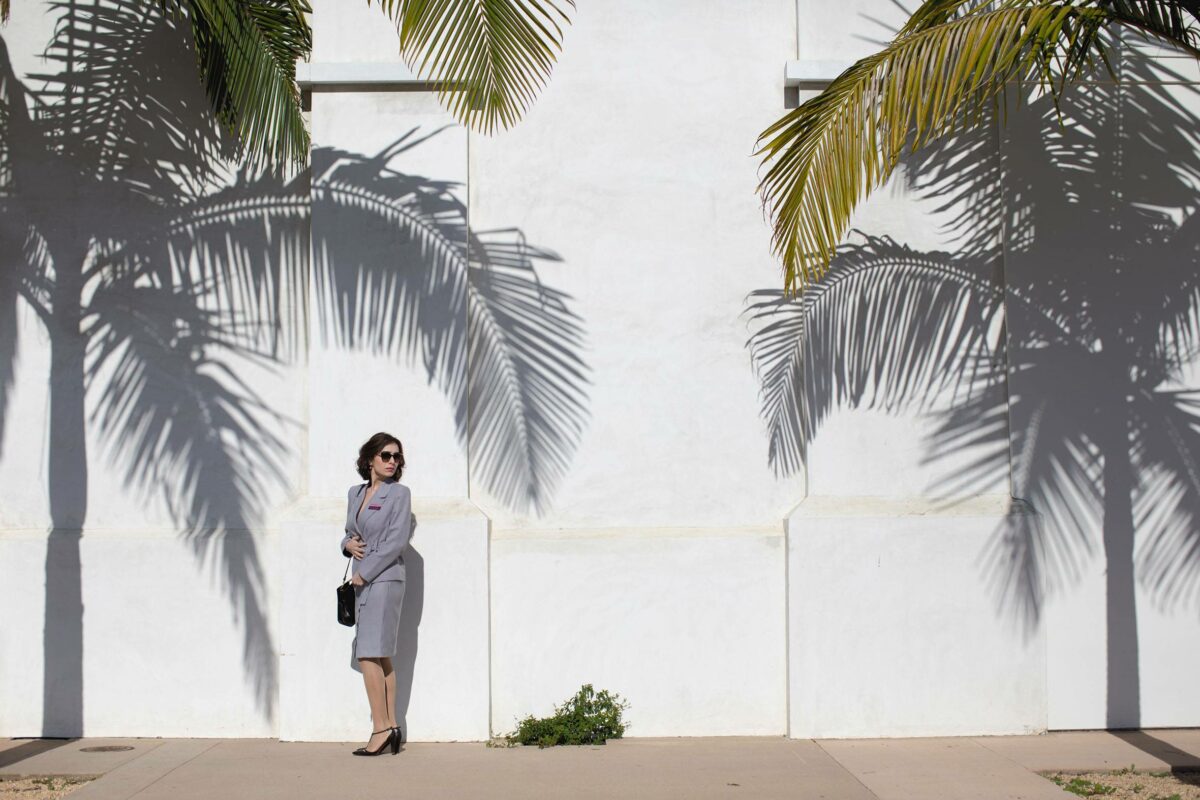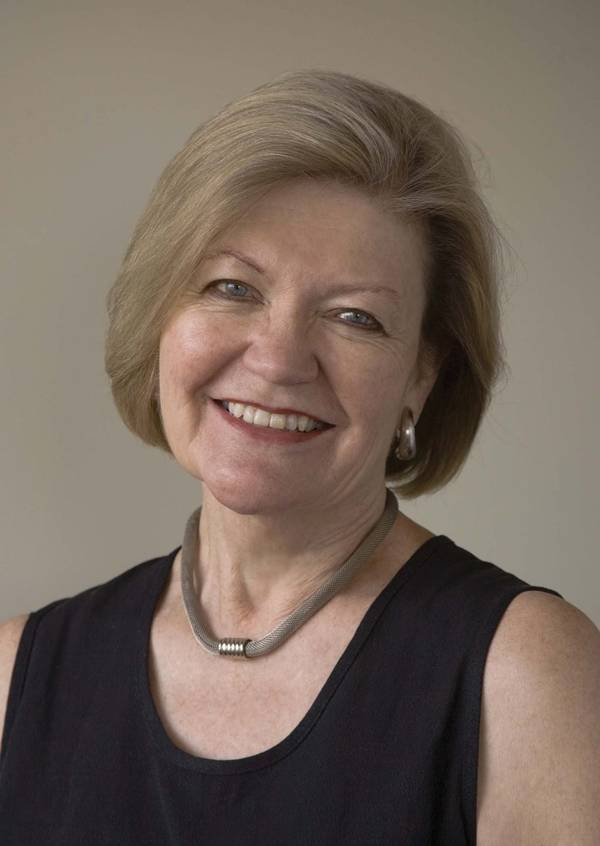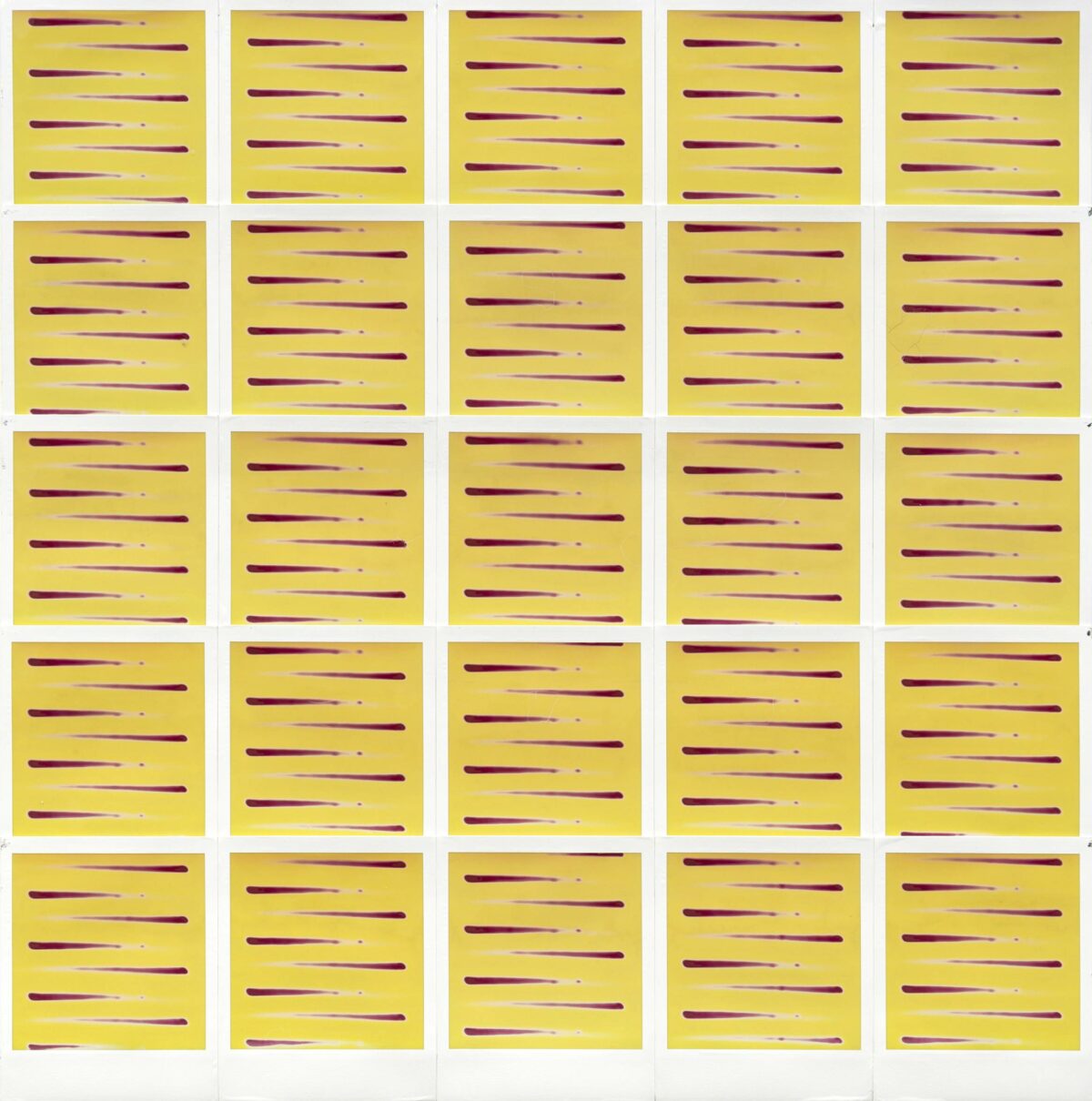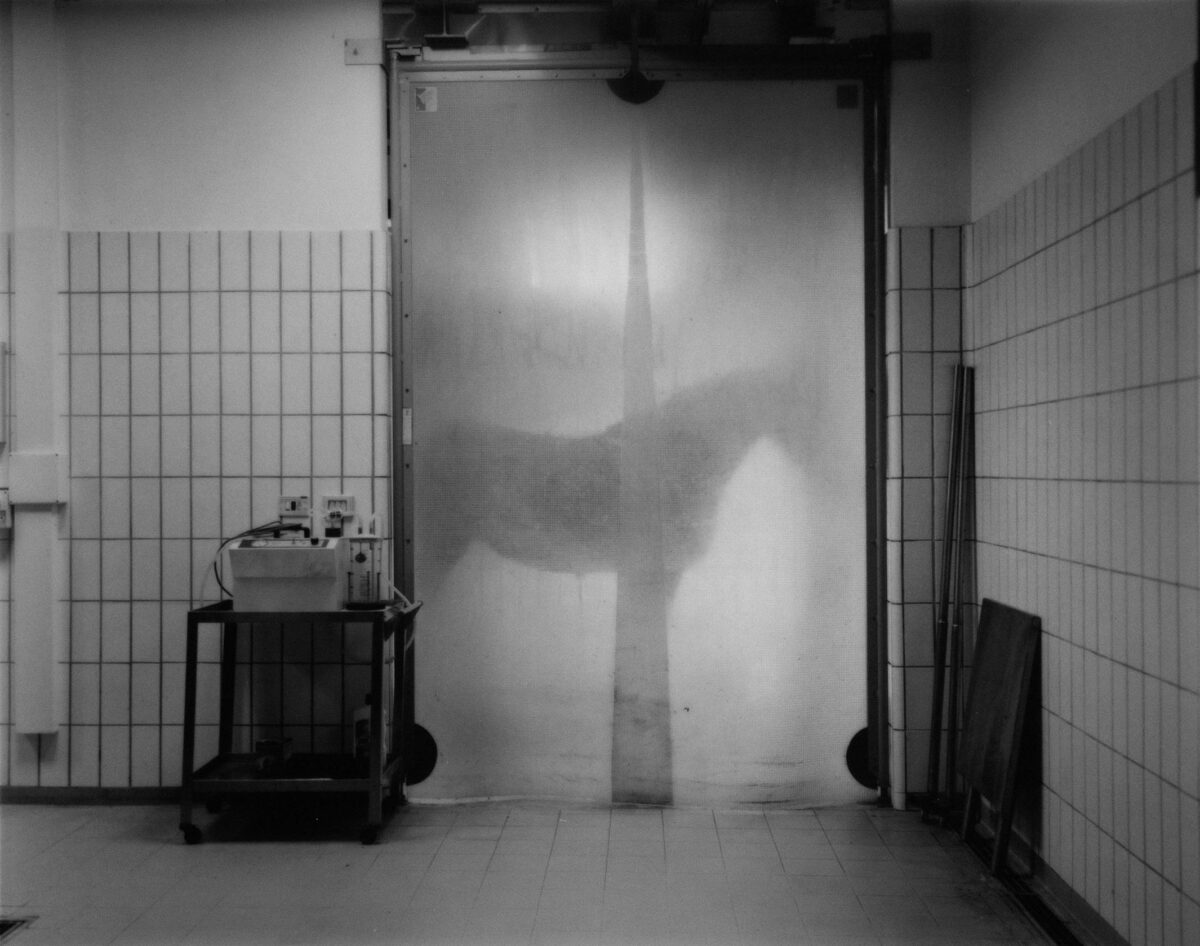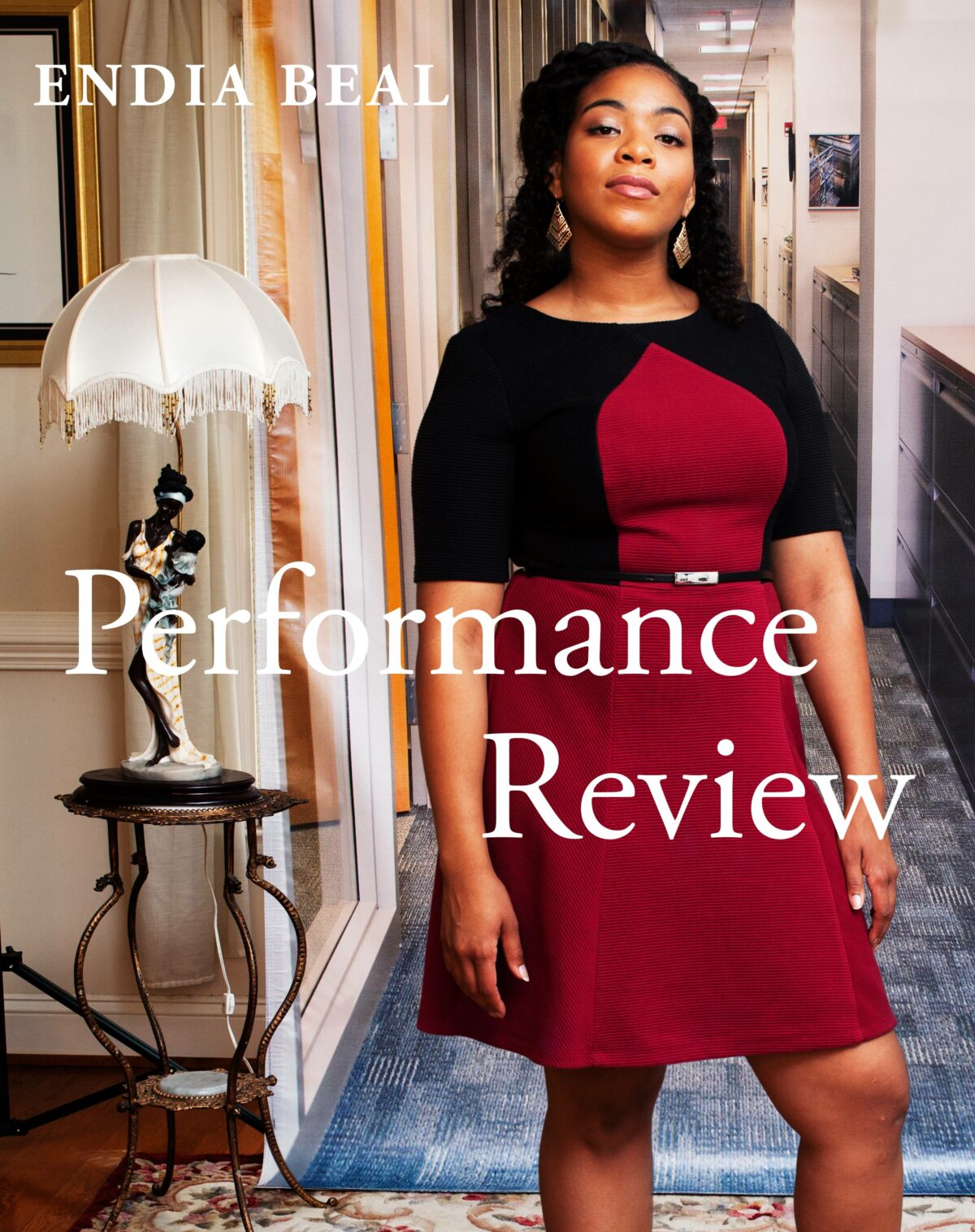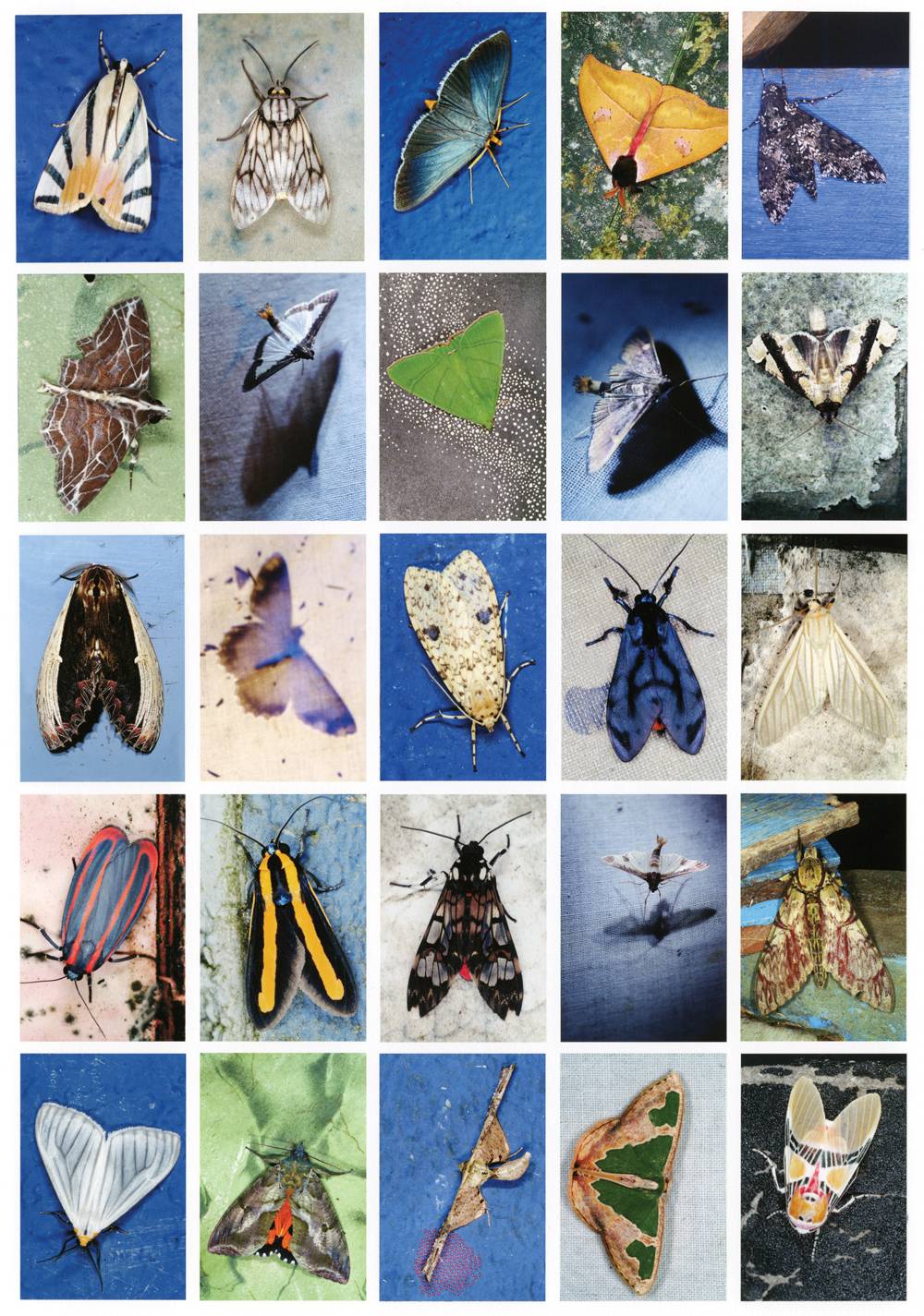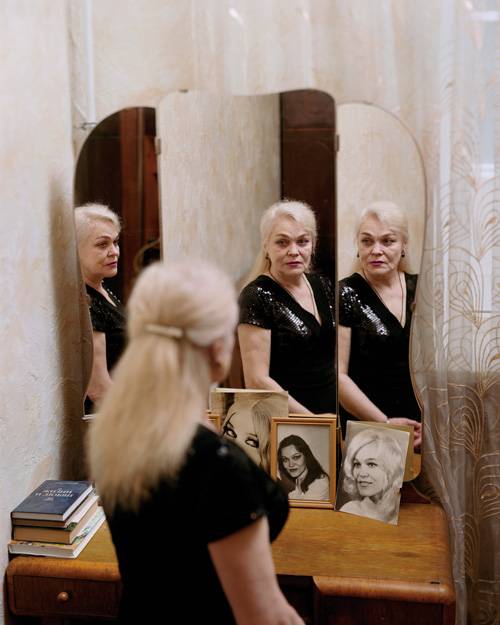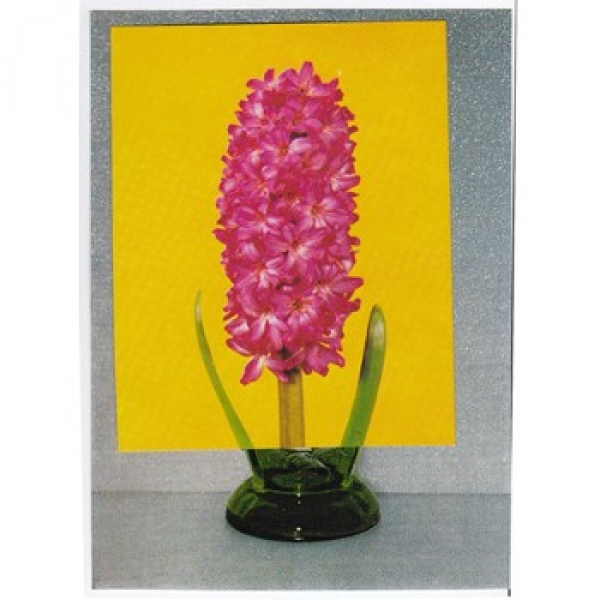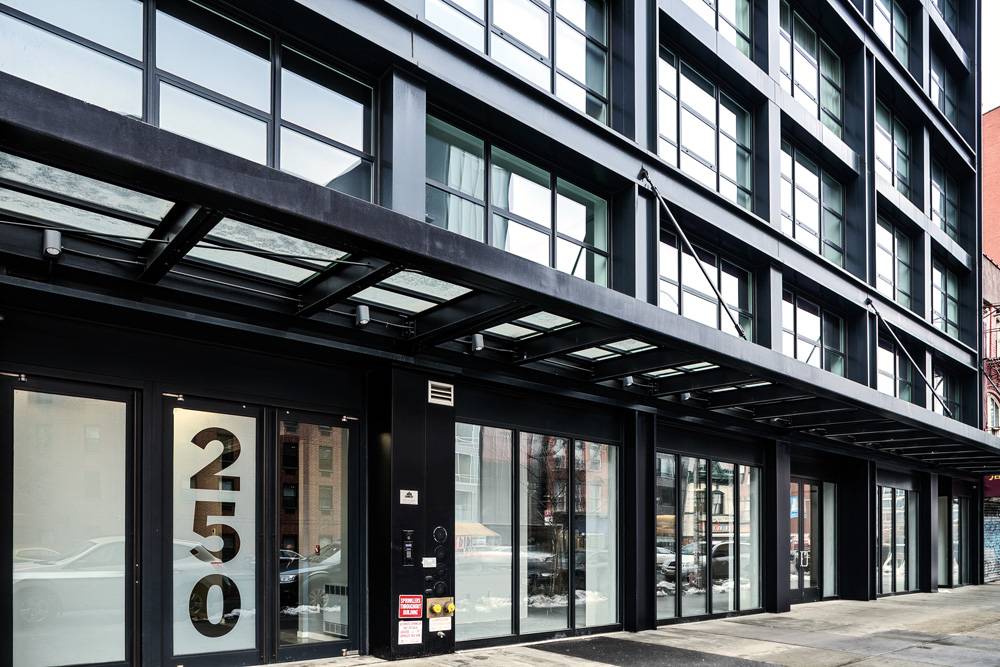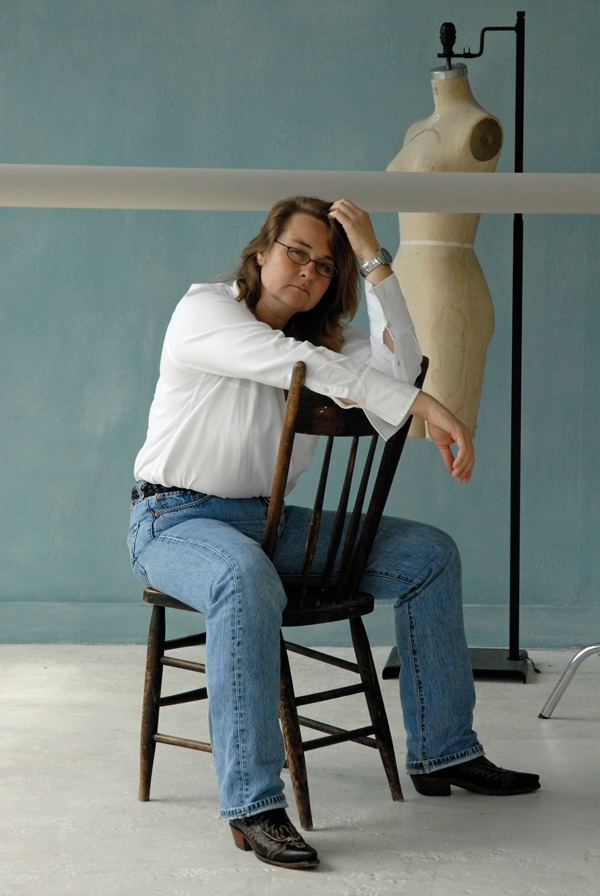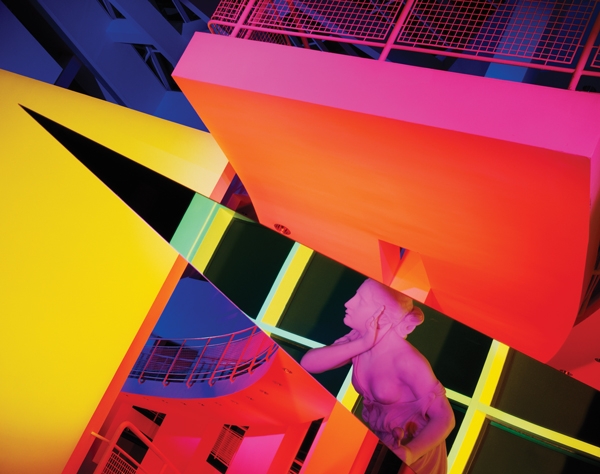

Barbara Kasten, Architectural Site 17, August 29, 1988. Courtesy the artist
Barbara Kasten prefers not to call her exhibition at the Institute of Contemporary Art in Philadelphia through August 16 a retrospective. More like a report from the field. Her show Stages contains some 70 pieces, from early fabric works to wall projections made specifically for the space. They provide glimpses of the continuous artistic curiosity this artist has displayed for more than five decades.
Lyle Rexer: You’re based in Chicago and for some reason I think of you as a Chicago photographer, not just because of László Moholy-Nagy and his experimentalism at the Illinois Institute of Technology, but also because your work has always gone its own way.
Barbara Kasten: When my family moved to Arizona from Chicago, I was 18. Even though I grew up a mile away from the Illinois Institute of Technology, I had no idea of Moholy-Nagy making an important contribution to the history of photography there. I learned about photography in California. If anything, I’m a product of California and its photographic history. That’s where I was introduced to the field in the 1970s after grad school. Leland Rice got me involved with people at San Francisco State, Jack Welpott and the Visual Dialogue Foundation, among others. It was an interesting time, socially and politically. There was an opening of minds that corresponded to my exposure to the new medium.
LR: I always ask this question of artists who go against the grain, but who gave you permission, and where was your inspiration coming from?
BK: I didn’t feel like an “outsider” to photography….that sounds like not being accepted….I was just working with a different medium than friends who used photography, and everyone respected what I was doing. When I began to incorporate photographic processes, I had great support. I didn’t have a photographic education, so I didn’t feel the restraints of photographic traditions and history. I was a collector, however, and I was aware of Bauhausian pedagogy promoting experimental interdisciplinary attitudes of art making. It became the basis of my practice. Inspired by Moholy-Nagy’s photogram experiments and the Color Field stain painting of Helen Frankenthaler prevalent in the 1960s, I made a series of photogram cyanotypes I named “Photogenic Painting,” which were a mix of cyanotype and inks.
LR: I see many younger photographers who deliberately try to confuse visual space, in a sense, to confound our “reading” of space in a photograph. I wonder if that is why many of them are attracted to your early studio constructions with mirrors and planes.
BK: But I’ve never tried to confuse anyone’s vision! Photography satisfied my urge to make marks on paper. I was fascinated with the ability to make marks without a paint brush. When I viewed the ground glass, I thought of the placement of objects in space as the representation of marks. The reason I used the 8×10 camera was to give myself a two-dimensional plane to work on and Polaroid was the perfect instant feedback. In front of the camera, when I was constructing the subject for the camera, I was concerned with the physical space I was standing in and the materiality of my subject. I moved back and forth between the 3D space and the 2D plane, mixing and interchanging my points of view. It was fun to solve different spatial problems simultaneously.
LR: So, you don’t think of the Institute of Contemporary Art exhibition as a retrospective, but it does give us a sense of the long arc of your career.
BK: It follows some threads. If anything, it shows that I am tenacious, and I stay with an idea until it’s worked out or I become frustrated with it. Above all, the exhibition shows that I am still working, still attempting to open up the field.
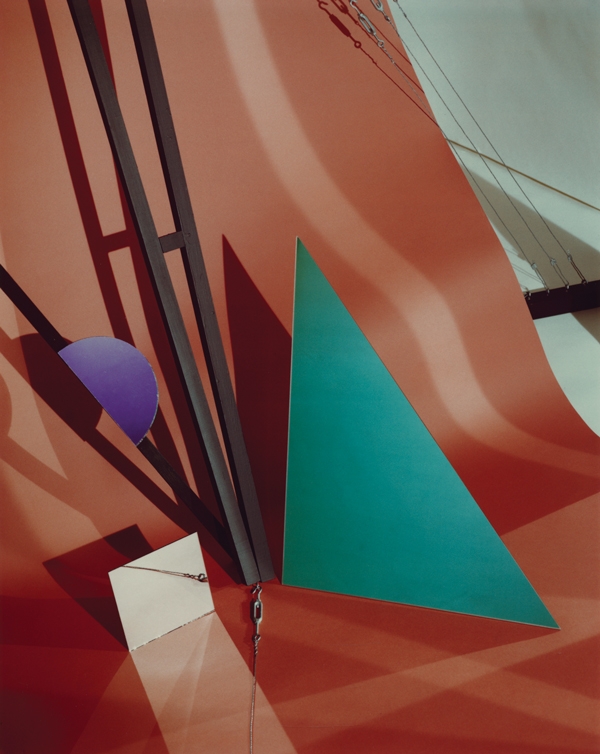

Barbara Kasten, Construct VIII, 1982. Courtesy the artist

